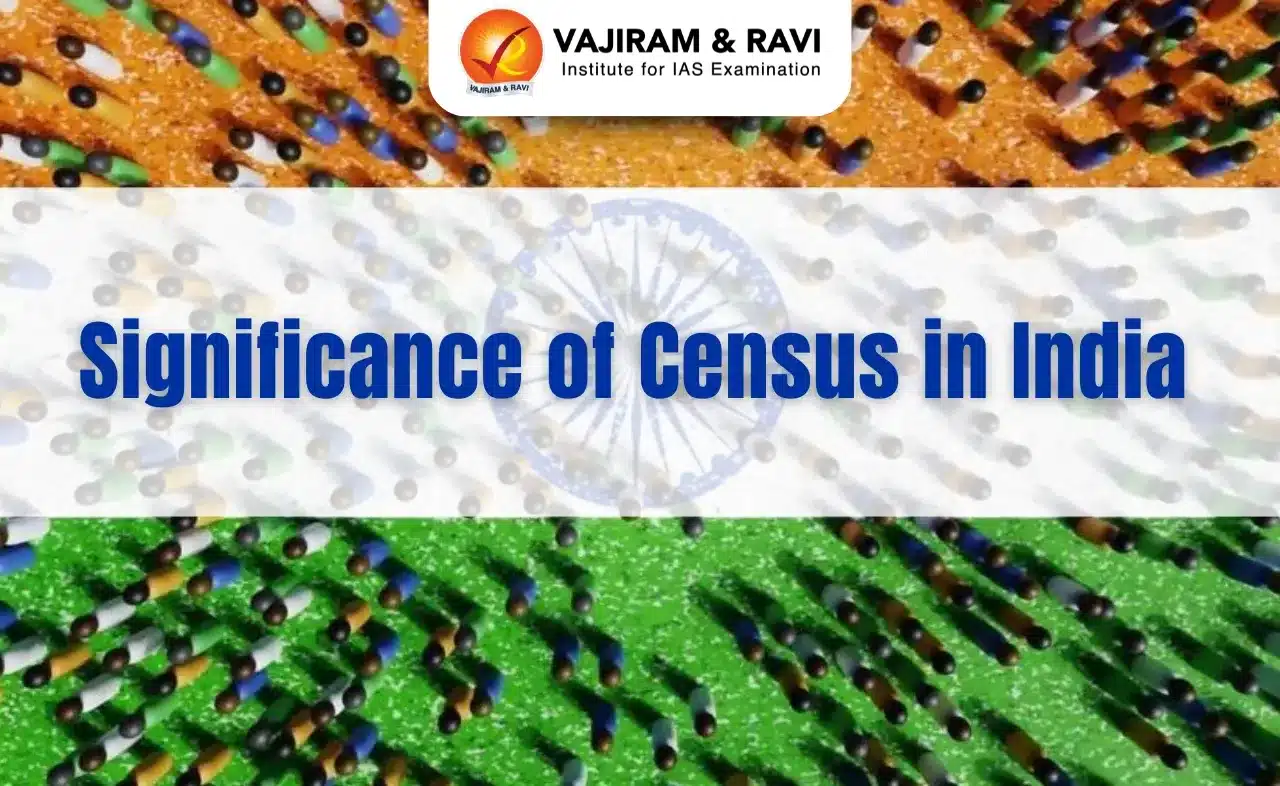UPI Reforms Latest News
- The Securities and Exchange Board of India (SEBI) is set to introduce a validated UPI handle for the investor-facing intermediaries to ensure secure payments and combat fraud.
Introduction
- In a major move to enhance investor safety and build trust in digital financial transactions, the Securities and Exchange Board of India (SEBI) has announced the mandatory use of verified UPI handles by all registered intermediaries in the securities market.
- Effective from October 1, 2025, this new framework seeks to counter rising concerns over impersonation and payment fraud, particularly in online investment platforms.
- This step, alongside the introduction of a digital verification tool named “SEBI Check,” marks a significant regulatory intervention to strengthen the integrity and transparency of India’s market payment systems.
The New UPI Verification Framework
- As per SEBI’s guidelines, all market-facing intermediaries, including brokers, investment advisors, merchant bankers, and syndicate banks, must use a newly designated UPI handle format, ending in “@valid”, for collecting investor payments. For example, a broker's UPI might look like abc.bkr@validhdfc.
- The new UPI addresses will be verified and allocated by the National Payments Corporation of India (NPCI), ensuring a secure and uniform identity structure for payment recipients.
- According to SEBI, around 8,000 to 9,000 intermediaries are expected to transition to the new system by the rollout date.
- Key Features of the New Framework:
- Mandatory Use: Only verified handles ending in “@valid” will be permitted for investor-facing transactions.
- Transitional Period: Existing UPI IDs can continue until December 11, 2026, after which they will be deactivated.
- Visual Confirmation: A green triangle with a thumbs-up icon will appear during transactions with verified handles, ensuring clarity for users, including those less fluent in English.
Introducing SEBI Check: A Digital Verification Tool
- Complementing the new UPI system is the SEBI Check tool, a mobile application that allows investors to verify the legitimacy of UPI IDs used by market intermediaries.
- By either scanning a QR code or manually entering the UPI ID, users can confirm critical account details such as:
- Account holder name
- Linked bank account number
- IFSC code
- This initiative aims to empower investors to independently verify transaction endpoints before initiating payments, especially in an increasingly digital-first financial environment.
- The SEBI Check app is expected to be made available on trusted platforms like Google Play, with SEBI collaborating to ensure that only authentic versions are hosted to avoid confusion or duplication by fraudulent developers.
Rationale Behind the Reform
- The decision follows a January 2025 consultation paper and growing concerns about digital fraud in financial services.
- With impersonation scams targeting retail investors via phishing UPI IDs or fake advisory firms, SEBI’s step seeks to:
- Eliminate ambiguity in digital payment systems.
- Reduce chances of investors transferring funds to unauthorized parties.
- Strengthen the digital infrastructure for market transactions.
- By implementing an easily recognizable and standardized UPI format, SEBI aims to reduce the dependence on name-based verification, a method vulnerable to impersonation.
Awareness, Enforcement, and Oversight
- The success of this initiative hinges on strong compliance and investor awareness.
- SEBI Chairperson confirmed that intermediaries would be required to display the verified UPI details prominently on their platforms and communications. In addition:
- Awareness campaigns will run over the next two years.
- Intermediaries are required to educate users on secure payment practices.
- Investors must take individual responsibility to verify recipient credentials using SEBI’s tools.
- Importantly, existing Systematic Investment Plans (SIPs) and standing instructions will not be affected immediately.
- They will continue to function with current UPI details until the final cut-off in December 2026.
Future Outlook for Secure Digital Transactions
- SEBI’s new mechanism could set a benchmark for secure digital financial transactions not only within capital markets but potentially across the broader fintech and mutual fund ecosystem.
- By introducing structured payment identifiers and equipping retail users with real-time verification tools, the regulator seeks to future-proof India’s capital markets from fraud risks.
- As digital adoption in investments accelerates, this reform aligns with global best practices of "Know Your Payee" and real-time account verification systems used by regulators in advanced economies.
SEBI Verified UPI ID Reform FAQs
Q1: What is SEBI’s new verified UPI ID initiative?
Ans: SEBI has mandated the use of verified UPI handles ending in “@valid” for registered intermediaries to prevent fraud.
Q2: When will the new UPI ID system become mandatory?
Ans: The verified UPI ID framework will be enforced starting October 1, 2025.
Q3: What is the SEBI Check app used for?
Ans: The SEBI Check tool helps investors verify UPI IDs and associated bank details before making payments.
Q4: Will my existing SIP payments be affected immediately?
Ans: No, existing SIPs will continue using old UPI IDs until December 11, 2026.
Q5: Who allocates the new verified UPI handles?
Ans: The National Payments Corporation of India (NPCI) is responsible for issuing the “@valid” UPI handles to intermediaries.




